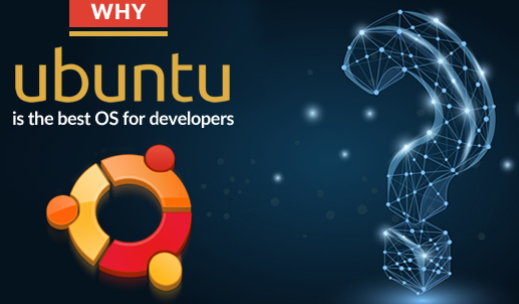
5 Key Functions of an Operating System | Memory, File & Process Management
An Operating System (OS) is the foundation of any computer system. It acts as the bridge between the user, the hardware, and all the software that runs on a machine. Whether you’re browsing the internet, playing music, or editing a document — it’s all managed by the OS.
In this blog, we’ll explore the five core functions of an operating system with simple explanations and real-world examples.
New to OS? First, check out our beginner-friendly guide: What is an Operating System? | OS Explained for Beginners
1. Process Management
An operating system is responsible for managing processes — the active programs on your computer.
Key Responsibilities:
- Creating, scheduling, and terminating processes
- Allocating CPU time to each process (multitasking)
- Managing communication between processes (inter-process communication)
Real-life Example:
When you open a browser, play music, and download a file at the same time, the OS ensures all these tasks get CPU attention without freezing your system.
Learn more: System Software Explained: OS, Device Drivers, and Utilities Made Easy
2. Memory Management
The OS manages your computer’s RAM (Random Access Memory). Every active process or application needs memory to run smoothly.
Key Responsibilities:
- Allocating memory to programs
- Keeping track of memory usage
- Releasing memory when programs are closed
- Using virtual memory when physical memory runs out
Real-life Example:
When you’re editing a large photo in Photoshop, the OS allocates enough memory to that program. If you minimize it, memory may be reallocated to another active task.
For a better understanding of how software interacts with hardware, read: How Hardware and Software Work Together
3. File System Management
The OS helps organize and manage your files across drives and folders.
Key Responsibilities:
- Managing data storage and retrieval
- Organizing files into directories/folders
- Assigning permissions (read/write access)
- Ensuring data security
Real-life Example:
Your files stored in Documents, Downloads, or custom folders are structured and indexed by the OS so they’re quick to access and easy to manage.
Curious about software categories? Visit: Types of Software Explained Simply: System, Application, Utility & More
4. Device Management
The OS communicates with hardware devices through software called device drivers.
Key Responsibilities:
- Detecting connected devices (keyboard, mouse, printer, etc.)
- Loading the correct driver to communicate with the hardware
- Managing data flow between the device and the system
Real-life Example:
When you plug in a USB drive, the OS detects it, loads the correct driver, and makes it ready for use — all automatically.
Dive deeper: What is System Software? | OS, Device Drivers, and Utilities
5. User Interface (UI)
The User Interface is how you interact with your computer. The OS provides either a Graphical User Interface (GUI) or a Command-Line Interface (CLI).
Types:
- GUI: Visual, icon-based interface (e.g., Windows, macOS)
- CLI: Text-based command system (e.g., Linux Terminal)
Real-life Example:
When you click on icons, open windows, or drag files — that’s the GUI of your operating system helping you interact with everything easily.
Related read: What is Application Software? | Examples & Uses
Bonus: Why These Functions Matter
Without an OS:
- Your files would be scattered
- You couldn’t use a mouse or printer
- You’d need to manually assign memory to apps
- You wouldn’t see a desktop, icons, or even a login screen!
The OS simplifies everything, so users don’t need to deal with hardware-level complexities.


